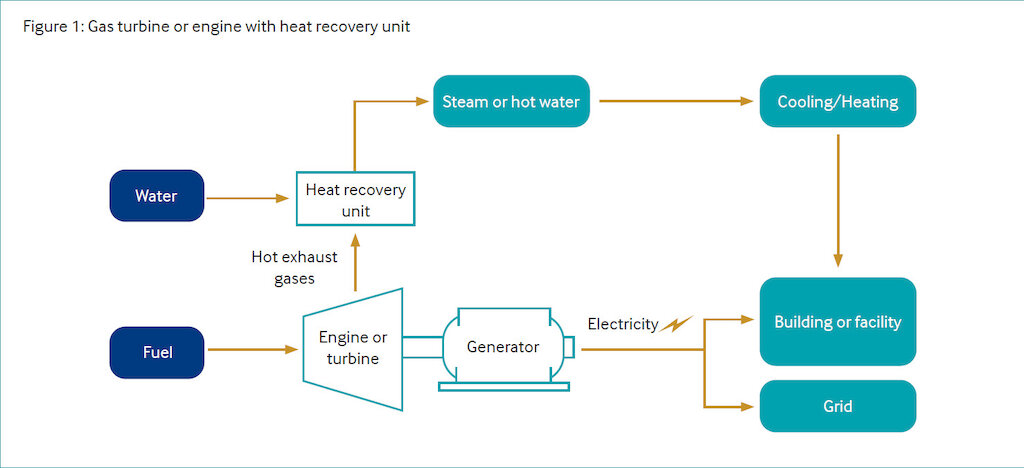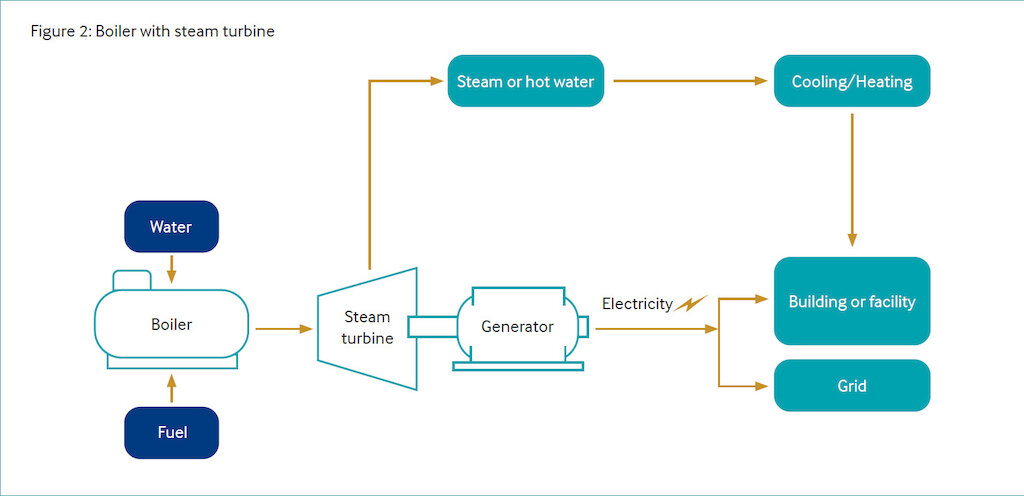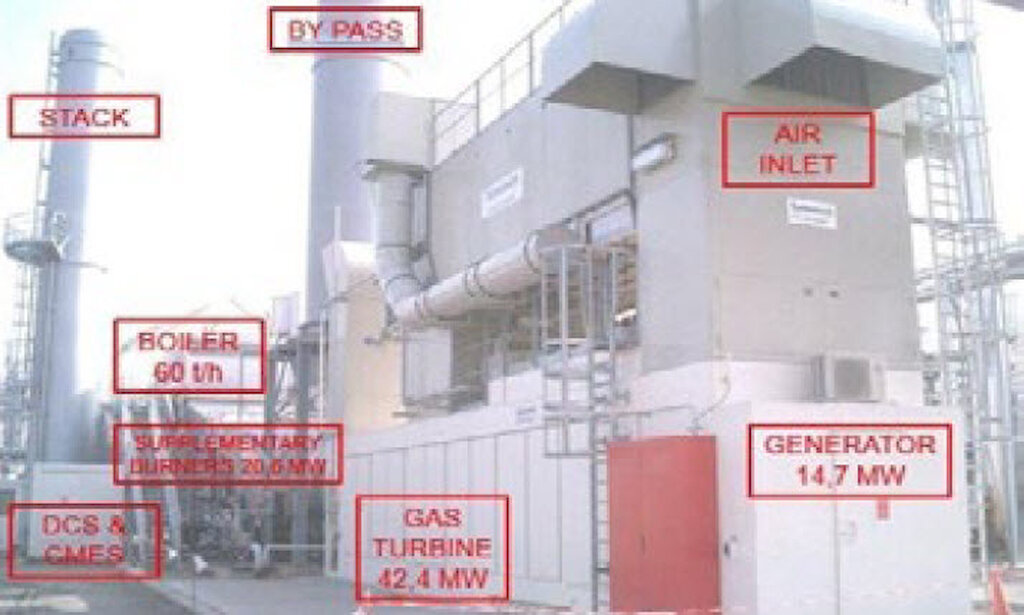Figure 1 and Figure 2 can be referenced at the Combined Heat and Power Partnership web pages of the US Environmental Protection Agency [Reference 2].
Gas turbines or reciprocating engines with heat recovery unit
In Figure 1, reciprocating engine and gas turbine CHP systems combust fuel to generate electricity, and then use a heat recovery unit to capture waste heat from the combustion system’s exhaust stream.
This heat is converted into useful thermal energy in the form of steam, hot water, or other heating medium fluid. CHP can include gas turbines or gas/diesel engines.
However, gas turbines are more common for large CHP applications requiring significant amounts of electricity/driving power and heat simultaneously.
CHP captures some of the waste heat for heating purposes instead of releasing the heat with the flue gas from the power generation system. The waste heat from the exhaust gas from conventional gasturbines can be utilized for heating or generation of electrical power by using steam turbines. See the topic Combined-Cycle Gas Turbines for more information on utilizing the heat for generation of electrical power. For all facilities, both onshore and offshore, it is important to analyse the need for power together with the need for heat throughout the process – see the Pinch Analysis Info Sheet.
In most installations/plants (both onshore and offshore), there is often a demand for thermal energy. Normally, the gas turbine exhaust is utilized as heat – a solution which is both energy efficient and economical if the required heat demand matches well with the recovered waste heat. If the required heat demand is low, it may be difficult to utilize all the heat that it is possible to recover. Alternatively, it may be more energy efficient to utilize the high-temperature exhaust gas to produce extra power (e.g. combined cycle) than to use it for process heating. However though, it may add capital cost to use the exhaust gas for new power production rather than to use it for providing heat.
A holistic analysis is required to assess the optimum choice. Combining heat and power (heat integration) can provide up to 90% (or more) of the heat requirements for offshore installations when energy is recovered from the gas turbine exhaust and other hot process streams. The need for heating will vary for different installations and plants over time. In new plants, the waste heat from power generation is normally utilized, resulting in lower overall energy requirements from fuel combustion (as the waste heat recovery reduces the need for external heat supply beyond the fuel that is already consumed by the gas turbine) and, thus, generally lower emissions. A gas turbine with an electric equivalent capacity of 30 MW (offshore example) equipped with a waste heat recovery unit (WHRU) can supply a heating capacity of 35 MW.
Further, WHRUs can also be installed on existing turbines to recover waste heat, potentially reducing or eliminating the need for electric, gas-fired, or oil-fired heaters and boilers, thus significantly reducing the overall energy used for heating.
Boiler with steam turbine
Unlike gas turbine and reciprocating engine CHP systems in which heat is a by-product of power generation, Figure 2 depicts a CHP system in which steam turbines normally generate electricity as a by-product of heat (steam). Steam is generated at higher pressures to make use of efficient steam generation and equally efficient enthalpy extraction from steam in steam turbines to generate power. However, steam is needed at relatively low pressures when used for heat input to processes. In the oil and gas industry (upstream), steam turbines are less common than gas turbines or reciprocating engines with heat recovery units. Steam turbine plants typically exist in heavy industries in which high- temperature furnaces are used.
A waste heat recovery boiler recaptures waste heat from a manufacturing heating process, and the waste heat is used to produce steam that drives a steam turbine to produce electricity. Since fuel is burned first in the production process, no extra fuel is required to produce electricity. Alternatively, if no waste heat is available in the facility, a fuel-fired boiler can be used to produce the high-pressure steam required to drive a steam turbine for electricity generation and provide steam for heating needs. It is important to analyse the need for power, the coincident need for heat, and the heat flow through the industrial process (See the Pinch Analysis Info Sheet).
CHP integrates electricity and heat generation to improve the overall efficiency of the facility. A range of configurations have been employed across many industries and optimal design and operation depend on the electricity and heat requirements.


